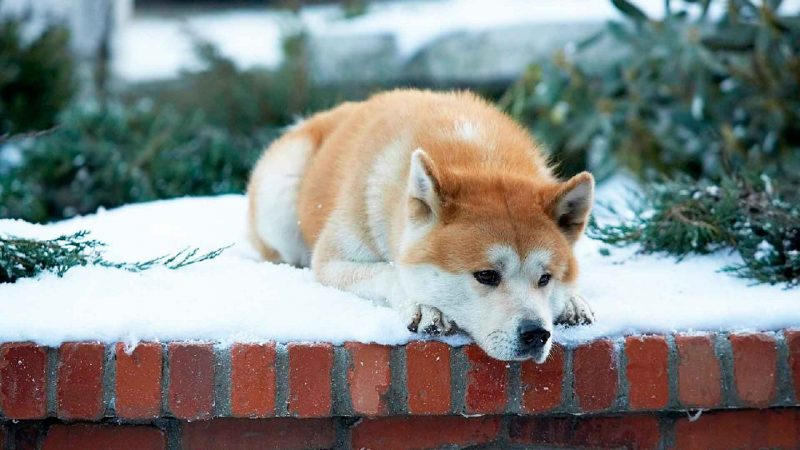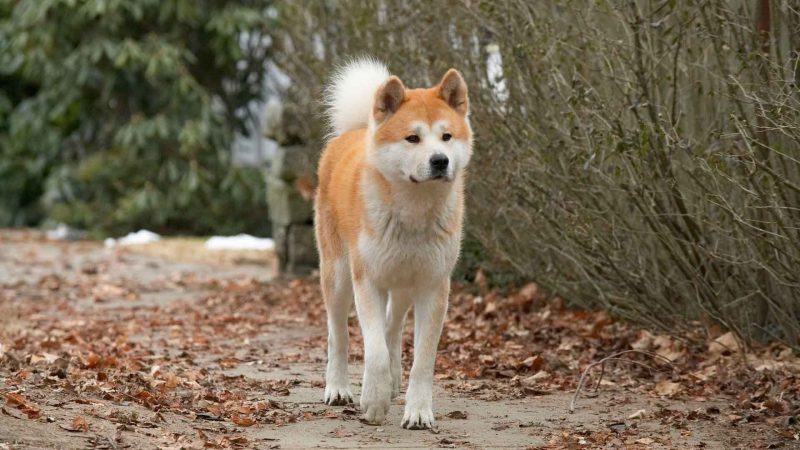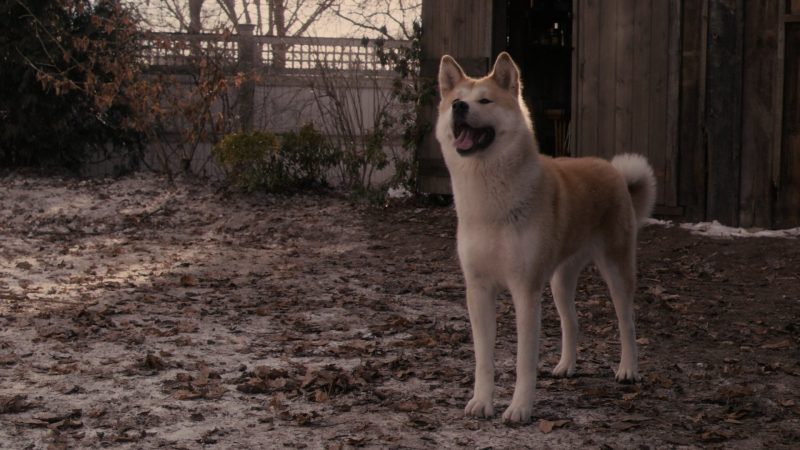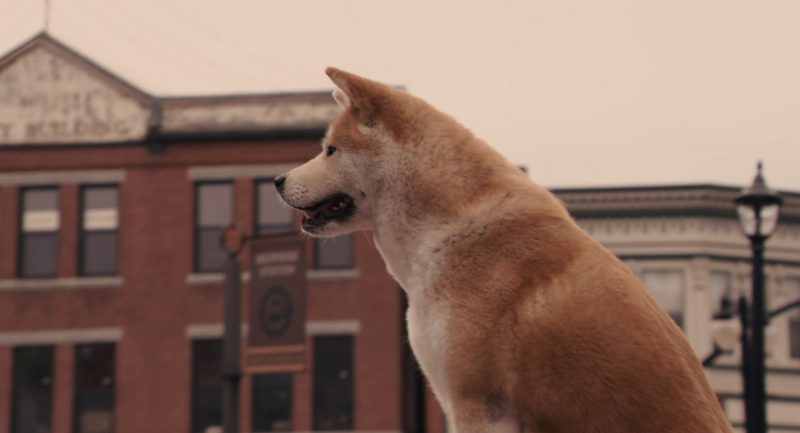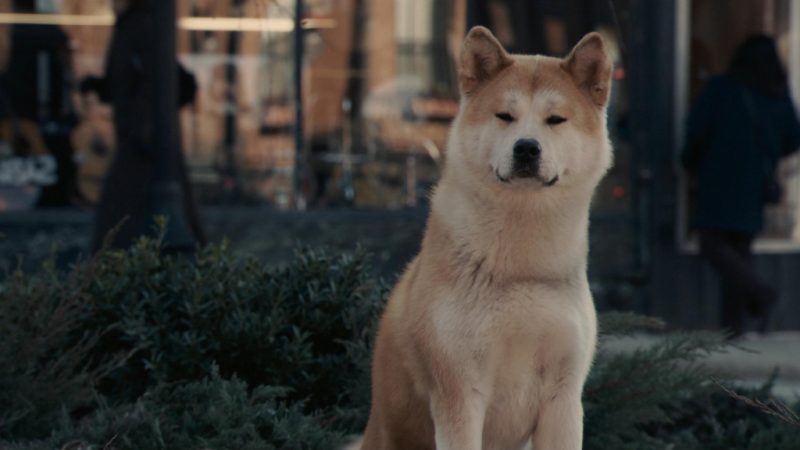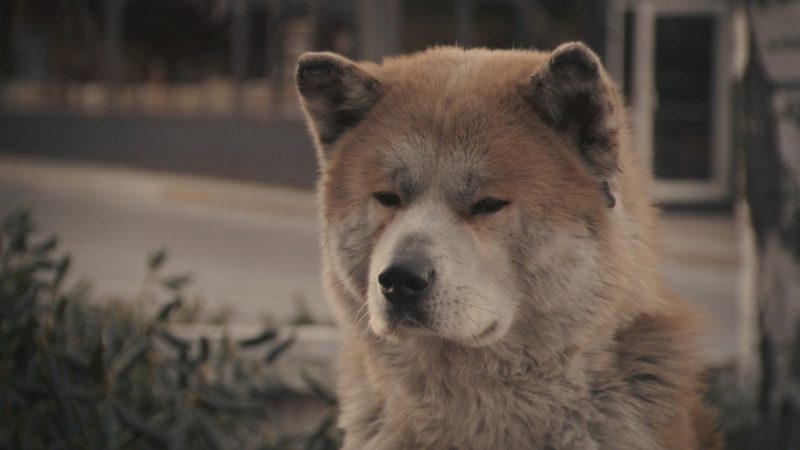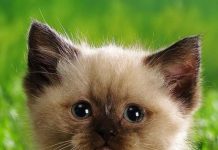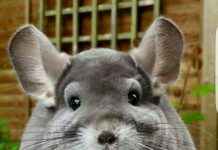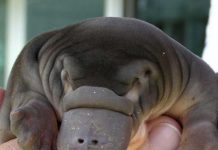One of the oldest Spitz dogs is the Hachiko Akita Inu breed. It is considered a national treasure of Japan and does not lose popularity these days. The incredible devotion to the owner and the quick wit of the dog was immortalized in the feature film, and in the 30s of the last century a monument to the faithful Akita was erected in his native city.
Material Content:
Origin history
The breed appeared on the Japanese island of Honshu in Akita. Local residents used it to hunt a large beast and protect their homes.
Several centuries ago, there was a cult of Akita, it was considered a sacred animal, kept at the court of the emperor.
Later, when Japan became open to foreigners, Akita began to actively breed with other dog breeds. So that they did not disappear at all, in the 30s of the last century a law was passed according to which the Akita Inu were protected by the state.
During World War II, the breed almost disappeared, only a few purebred animals remained. Dog handlers of Japan have done everything to revive the Akita. In 1949, the first dog show was held, the breed was recognized by the Japanese Kennel Club, and in the 60s the first official standard was developed.
After the release of the remake with the participation of Richard Gere, many became interested in the name of the dog breed from the movie "Hachiko: The Most Faithful Friend." So Akita Inu gained fame outside of Japan.
Description and characteristics of the breed
This is a very cheerful dog, which is hard not to fall in love with. He is a wonderful guard, always ready to protect the owner and his property. Akita is a sociable dog and at the same time proud, independent.
She has an explosive temperament, hidden behind external calmness. This manifests itself well in a game or during danger - in a split second a teddy cute teddy bear can turn into a furious fighter. In a conflict situation, Akita rarely flings its teeth. She will never begin to attack first, she enters into a fight only with an immediate threat.
Akita Inu - the dog is very energetic, but will not run without a goal, she is able to analyze her behavior, make independent decisions.
Often you can hear from the owners that the dog cannot be trained. She is very reasonable, but independent, with her own will. Only the owner depends on the behavior of the dog and its desire to teach the team.
Hachiko breed standard (Akita Inu)
These are quite large Spitz-shaped dogs with thick hair, consisting of 3 layers. Only three colors are allowed: pure white and red or brindle with white. Too long hair, which is found in some representatives of the breed, is considered a deviation from the norm.
In addition to the Japanese type, there is also an American one, slightly different in appearance, since German shepherds participated in its breeding. For the American Akita, a black mask is acceptable in color.
Breed Standard:
- height at the withers: in females - from 59 to 64 cm, in males - from 64 to 70 cm;
- maximum weight - up to 50 kg;
- head wide with a convex forehead;
- the nose is black;
- ears are triangular small, stick up;
- hazel eyes or hazel;
- strong teeth and scissor bite;
- straight back, wide chest, stomach tucked up;
- the tail is bent on the back with a ring;
- paws straight, strong.
Akita is a rare breed of dog, but in Russia it is easy to find a kennel engaged in its breeding.
When choosing a puppy, you need to pay attention to the conditions in which it is contained, it should have clean coat, clear eyes. The breeder should be asked for documents about the health of the parents of the baby he liked. Animals admitted to breeding should not have hereditary genetic diseases of the eyes and hip joints.
The purpose and nature of the dog
The Japanese breed Akita Inu is distinguished by patience and devotion, treats children well, and never offends them. Much of the character of the dog depends on proper education. The whole family should communicate with the puppy, walk with him, then he will grow up affectionate and sociable.
The dog does not tend to obey, she prefers to feel equal with the owner. Disobeys only out of love for its owner. She is unobtrusive, likes to carefully watch aside the life of family members.
Now the dog is not used for hunting, as in ancient times, now it is a faithful companion. Of the working functions, Akita copes with security very well.
Maintenance, care and feeding
The dog should have its own litter, two bowls (for water and food), toys. A puppy is fed 4 times a day at 1.5 months, 200 g of food is needed for 1 feeding. From three months you can switch to three meals a day, from 6 months to two meals a day.
An adult animal eats 2 times a day, but can eat 1 time or 2 days to "go on a hunger strike." You need to feed the dog after walking in order to avoid inversion of intestines. There are two feeding options - to cook food yourself or give a dry, balanced feed. Fresh water should always be poured in one of the bowls.
During feeding with natural food, several rules are observed:
- The food is given fresh, slightly warm (about 40 ° C).
- The main part of the diet is meat, preferably raw frozen beef.
- Cereals, fiber and carbohydrates are just as necessary for the dog as meat, but in smaller quantities.
- The fish is given only sea, without bones.
- Do not give milk, sour cream, mix meat and dairy products.
- Mineral and vitamin top dressing is required, corresponding to the age of the animal.
An animal needs 1.5 l of natural food per day. Feeding may be mixed.When feeding dry feed, you must follow the recommendations of the manufacturer.
Wool does not require special care, dogs are not sheared. During molting, the dying undercoat is combed out 4 times a week, and the rest of the time, it is combed once a week. They bathe a pet 2 times a year. Once a month, claws are trimmed, and teeth are brushed every 2 days.
How to train and educate Akita Inu
A dog of this breed will never look obsequiously into the eyes; it can obey only voluntarily. Learning to manage it is a difficult matter; a special approach is needed in training and education.
Akita must see in the owner of the leader, worthy of respect and reverence. This is the main secret of proper education.
When training, you should not try to do this at the same pace as for puppies of service breeds. It is impossible to teach a dog to complete a set of commands - “Sit!”, “Lie!”, “Stand!” At a distance, even an experienced trainer cannot do it. With Akita, only the most necessary teams are taught. Training should not be too long so that the animal is not tired. Starting to study the team, they try to achieve its perfect execution, otherwise the dog will think that repetition in the future is not necessary.
Without training and long walks that provide good exercise, Akita can become difficult to manage. The more walking the dog, the better. The required minimum is 1 hour in the morning and the same amount of time in the evening. If the dog lives outside the city, it is taken several times a week for walks outside the site in order to accustom it to the outside world.
Care for Akita Inu needs minimal - no grueling training, frequent bathing, haircuts, combing. But due to the nature of the character, the breed is suitable only for those people who know how to value independence, and will be able to see a friend in the dog.


